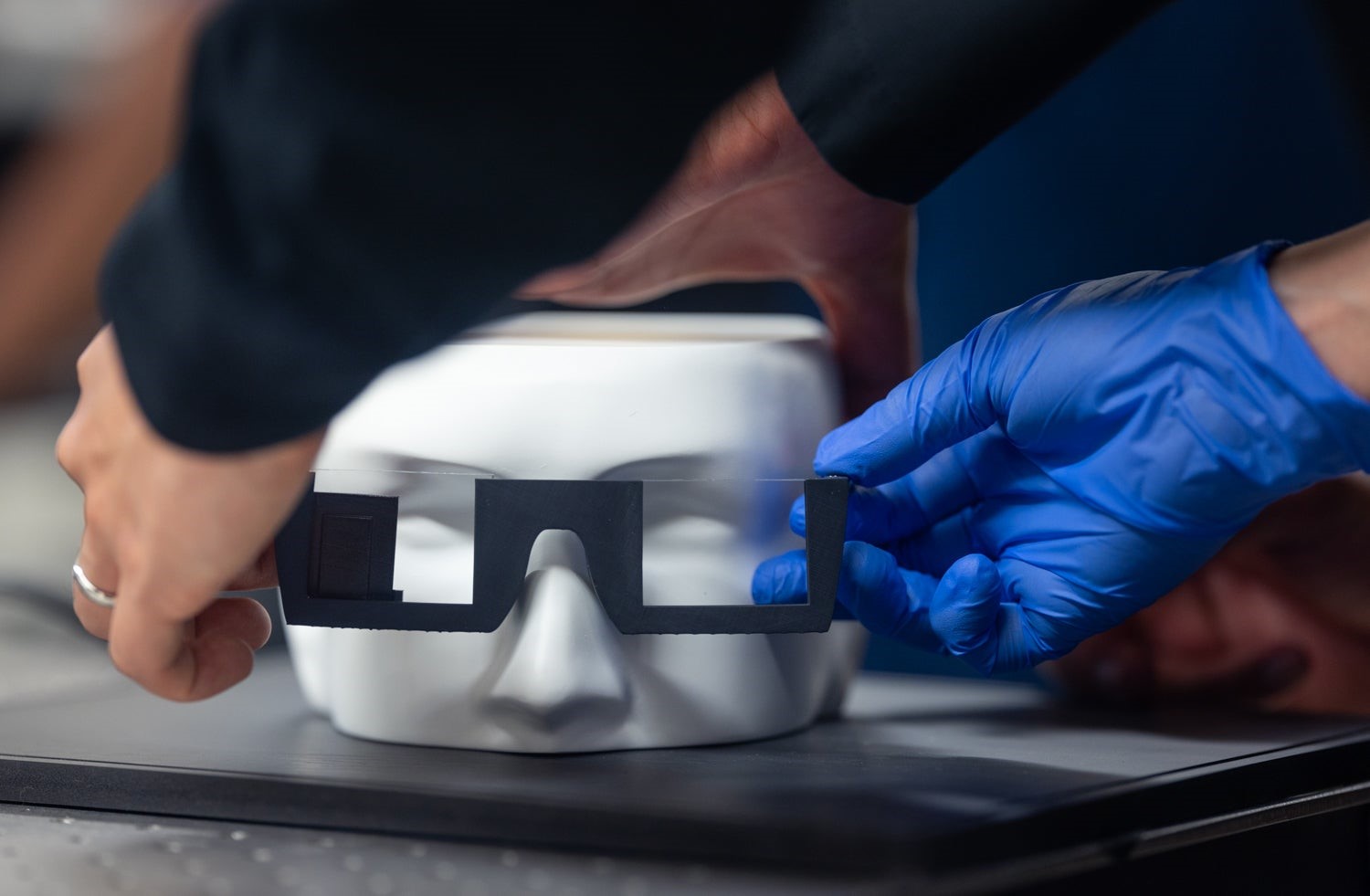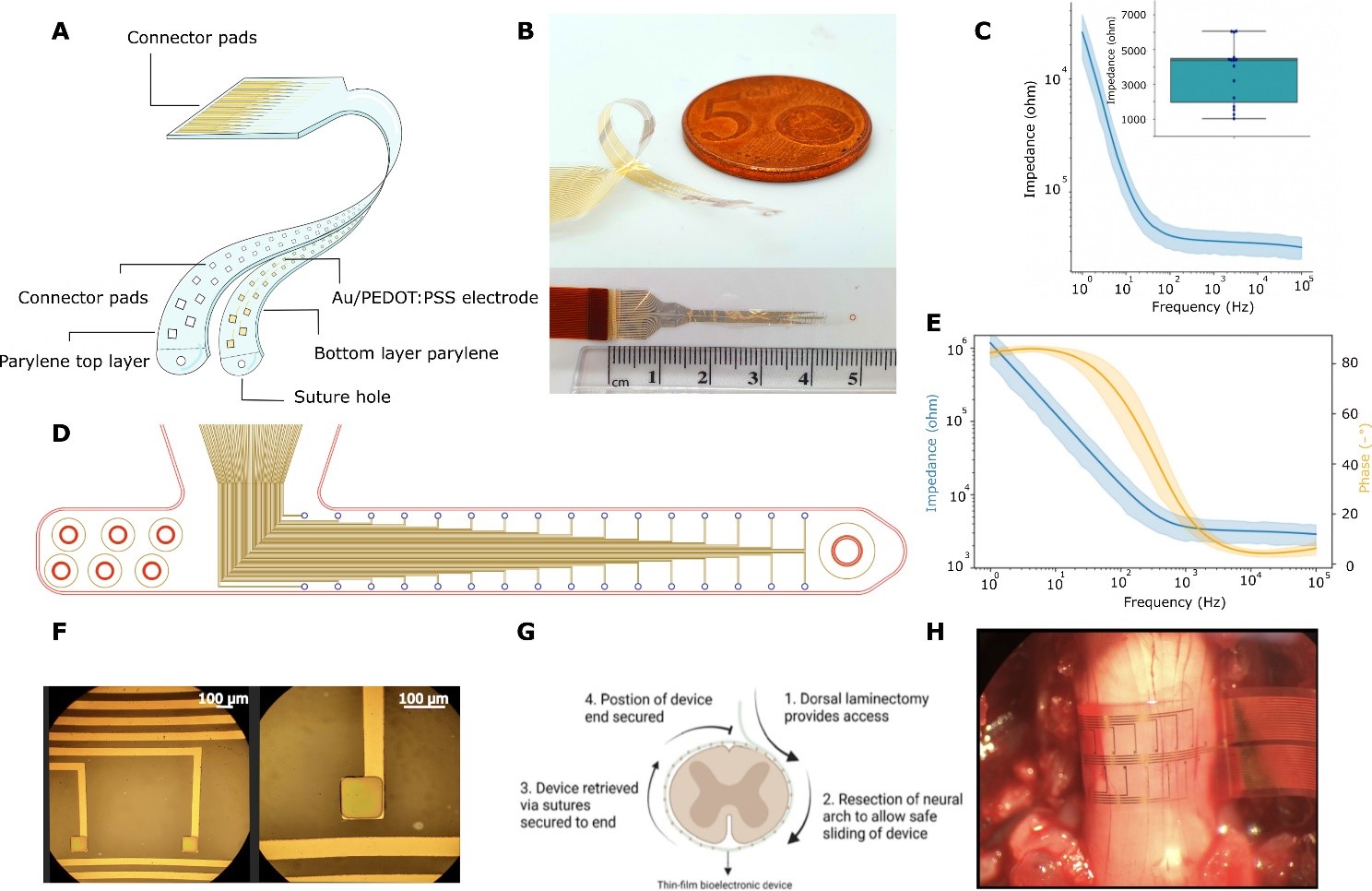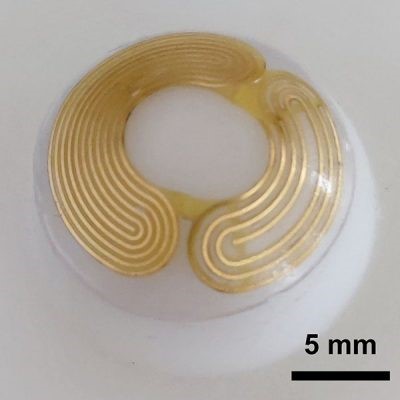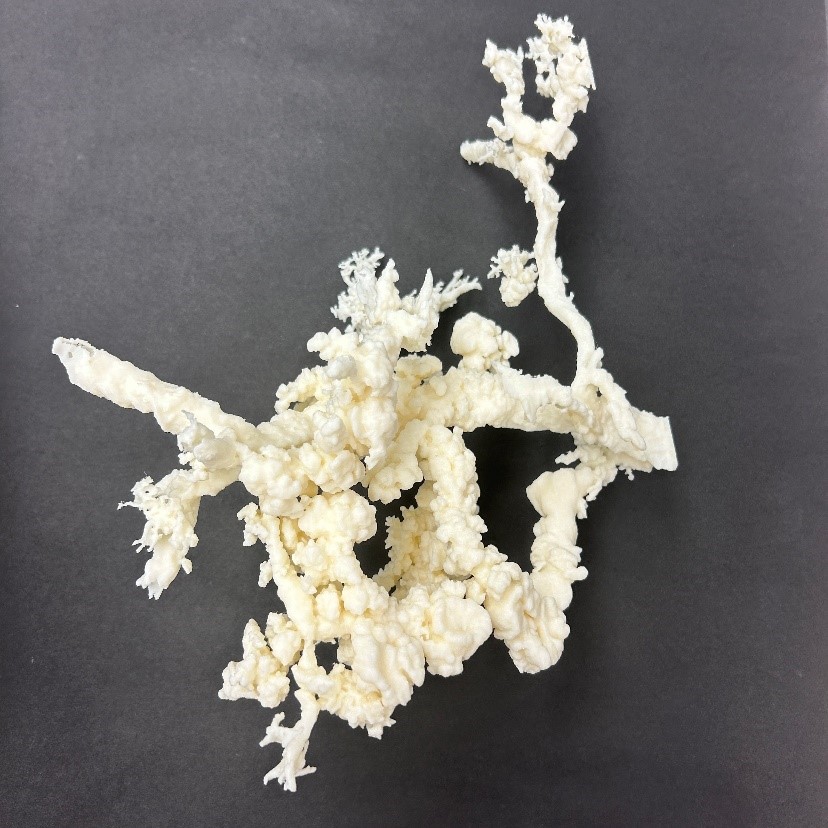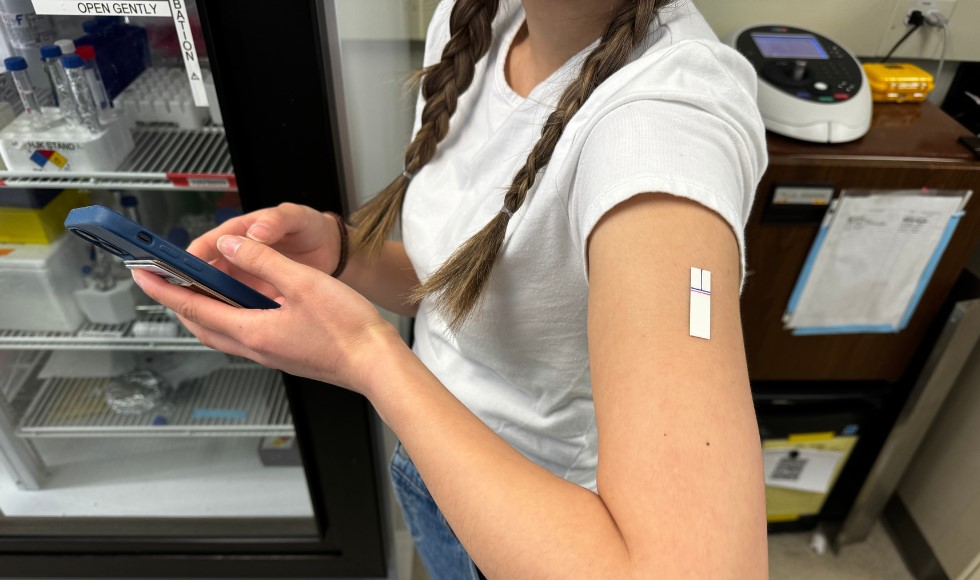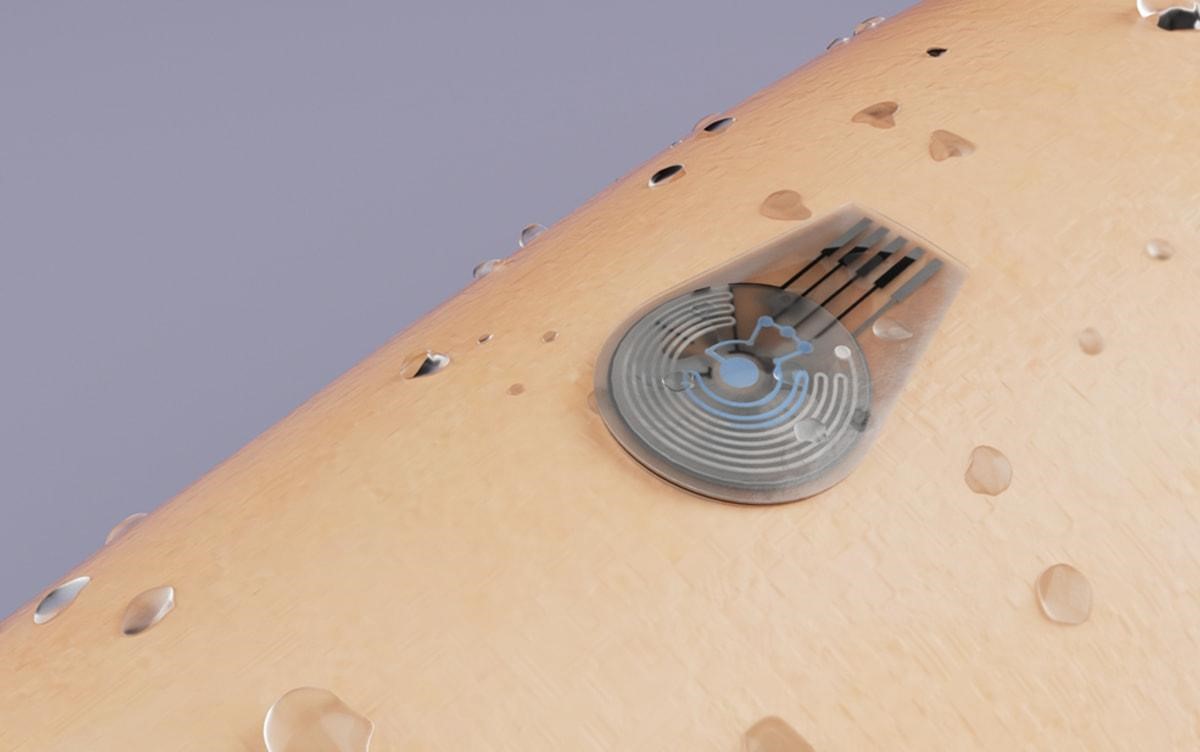Advancements in Wearable Health Monitoring: Tracking Biochemicals in Sweat
Researchers at Washington State University have developed a wearable health monitor capable of accurately measuring important biochemical levels in sweat during physical exercise. This innovative device, detailed in the journal ACS Sensors, could potentially offer a straightforward and non-invasive method for monitoring health conditions and diagnosing diseases such as diabetes, gout, kidney disease, and heart disease.
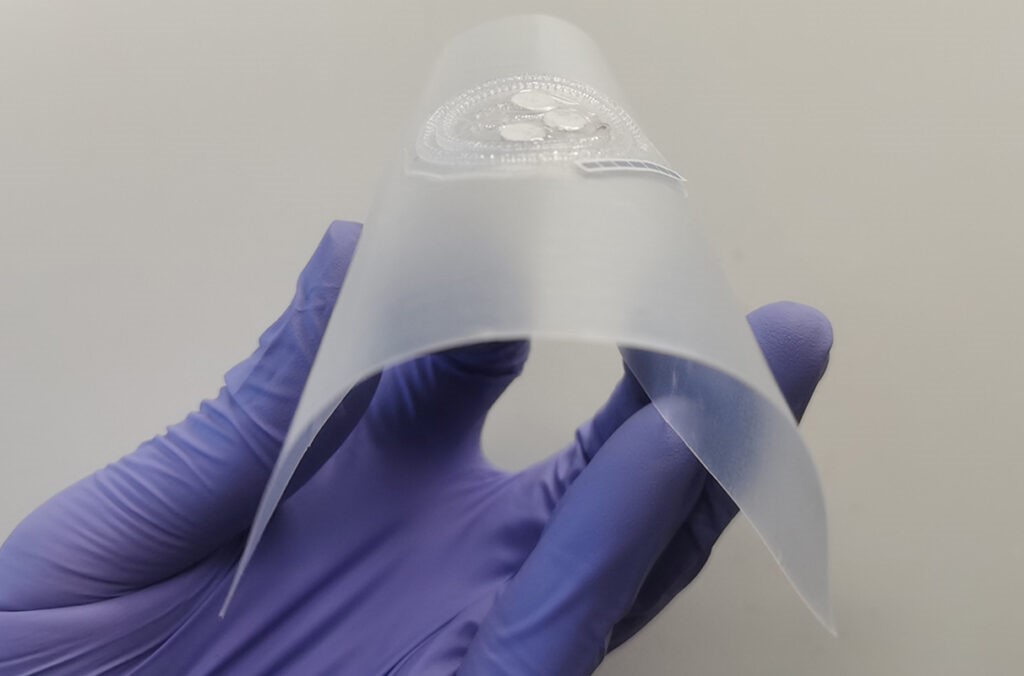
Figure 1. The Health Monitor. (Credit: Washington State University)
Chuchu Chen, a WSU Ph.D. student and lead author of the study, emphasized the global significance of managing diabetes and expressed optimism about the impact of 3D printing on healthcare technology. The team employed 3D printing in a unique, streamlined manufacturing process to create the health monitors. These monitors utilize single-atom catalysts and enzymatic reactions to enhance signal accuracy, effectively measuring low concentrations of biomarkers. The device features three biosensors that change color to indicate specific biochemical levels. Figure 1 shows the health monitor.
Unlike blood sampling, which is invasive, sweat analysis provides valuable insights into health through its metabolites. Uric acid levels in sweat, for example, can signal potential risks related to gout, kidney disease, or heart disease. Monitoring glucose levels helps manage diabetes, while lactate levels indicate exercise intensity.
[1] Kaiyan Qiu, Berry Assistant Professor in WSU’s School of Mechanical and Materials Engineering, highlighted the importance of sweat rate as a physiological indicator of health. The researchers overcame challenges associated with measuring minute amounts of these chemicals in sweat, avoiding contamination issues typical of traditional methods that involve supporting structures.
Annie Du, a research professor at WSU, underscored the novelty of using single-atom catalysts to enhance sensitivity and accuracy in the health monitor. The microfluidic channels within the monitor, created through 3D printing, are designed without supporting structures, ensuring precise measurement and comfort for wearers [2].
During testing on volunteers, the monitors demonstrated consistent accuracy in measuring both biochemical levels and sweating rates compared to lab results. While initially focusing on three biomarkers, the researchers aim to expand this capability with additional biomarkers customizable to specific needs.
Looking ahead, the team plans to refine the device design and validation process with an eye toward commercialization. The technology has already sparked interest, with a provisional patent application filed through the WSU Office of Commercialization to protect its intellectual property. The project received funding from the National Science Foundation, the Centers for Disease Control and Prevention, and startup funds, underscoring its potential impact on advancing healthcare diagnostics.
Source: Washington State University
References:
- https://www.sciencedaily.com/releases/2024/06/240620152311.htm
- https://www.eurekalert.org/news-releases/1048679
Cite this article:
Hana M (2024), Advancements in Wearable Health Monitoring: Tracking Biochemicals in Sweat, AnaTechMaz, pp. 264



